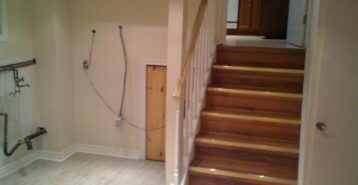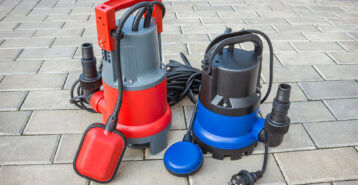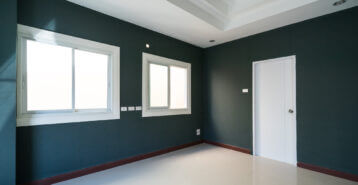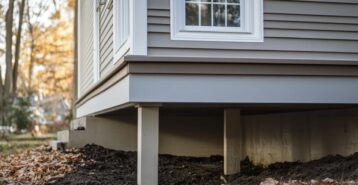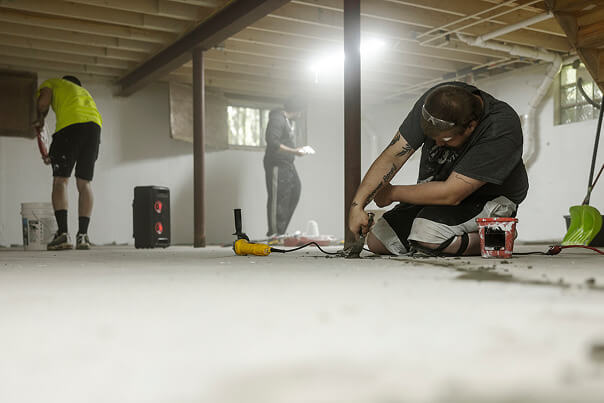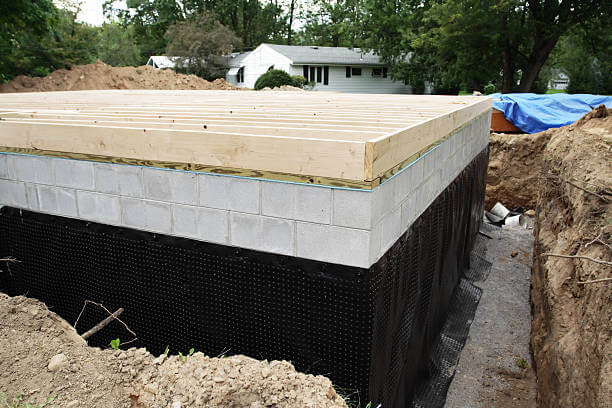Is Basement Waterproofing Worth It?
Quick Summary: Basement waterproofing is often worth the investment (typically approx. $1,000 to $7,000) if your home has leaks, mold, or cracks, or is in a flood-prone area. It helps prevent structural damage, improves air quality, and protects your property value. Homes in dry climates or with good drainage may not need full waterproofing, but they could still benefit from some preventative measures.
Basements are highly vulnerable to water damage, and even small leaks can lead to mold growth, foundation problems, and costly repairs. Basement waterproofing can be well worth it; it protects your home’s structure, improves indoor air quality, and helps maintain property value.
This guide explains the costs, benefits, and risks of waterproofing to help you decide if the investment is worthwhile for your home.
What Basement Waterproofing Actually Does
Basement waterproofing prevents or manages water intrusion in your home’s lowest level. It protects against leaks, dampness, and flooding while keeping your basement usable and safe. More importantly, it reduces the risks tied to excess moisture: mold, structural deterioration, and damage to belongings.
How Basement Waterproofing Works
There are three main approaches to basement waterproofing, each with its own methods:
- Interior Waterproofing: Manages water that has already entered using sealants, drainage channels, vapor barriers, and sump pumps.
- Exterior Waterproofing: Blocks water at the foundation through excavation, waterproof membranes, coatings, and exterior drainage systems.
- Drainage Systems: Redirect water away from your foundation, often paired with interior or exterior waterproofing.
Many homes benefit from a combination of these basement waterproofing methods for long-term protection.
The Potential Costs of Not Waterproofing a Basement
Delaying waterproofing may seem like a way to save money, but it often results in larger expenses later. Some potential ramifications include:
- Property Damage: Uncontrolled water can warp walls, rot wood, and damage insulation, drywall, and flooring. These repairs often exceed the cost of installing a waterproofing system.
- Mold Remediation: Mold grows quickly in damp basements and may require professional removal, which can cost $4,000 or more — often not covered by insurance if due to neglect.
- Reduced Home Value: Signs of basement water intrusion show up during home inspections. Buyers may hesitate or negotiate a lower price.
- Higher Repair Costs Later: Foundation cracks and water seepage rarely improve on their own. Waiting often means more extensive — and expensive — structural repairs.
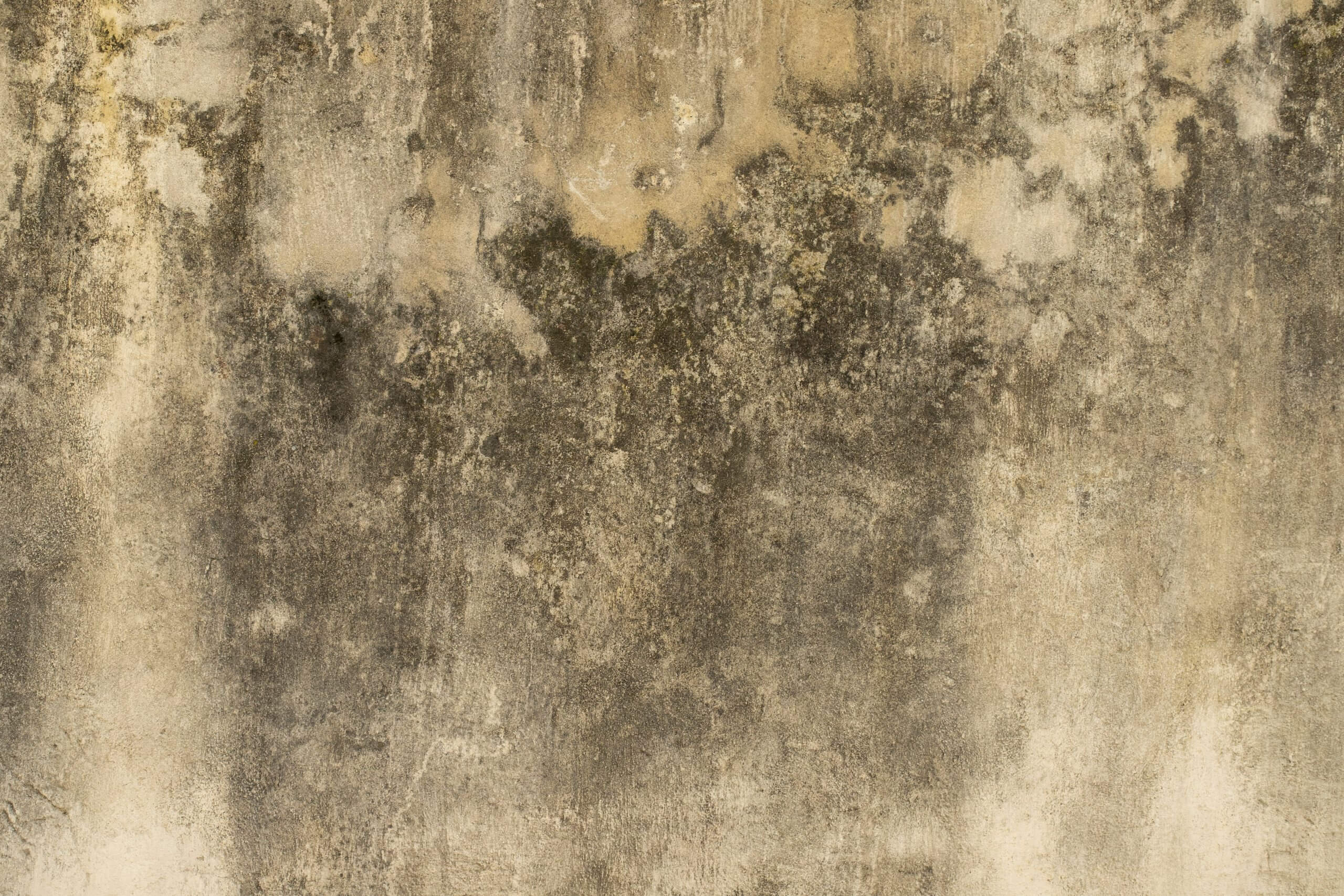
When Basement Waterproofing Becomes Essential
While basement waterproofing is often a preventive measure to avoid future problems, some red flags indicate it’s time to act quickly, such as:
- Water entering your basement during or after heavy rain
- Visible mold, mildew, or musty odors
- White, chalky residue (efflorescence) on basement walls
- Cracks in walls or floors
- Condensation, damp spots, or peeling paint
- Rust on appliances or fixtures stored in the basement
- Persistent pooling water around your foundation
When Basement Waterproofing Is Worth the Investment
Waterproofing provides long-term value when your home or lifestyle creates higher risks. These are some situations where basement waterproofing is worth it the most:
Homes in High-Risk Locations
Properties in flood zones, areas with heavy rainfall, or homes built on slopes often face recurring water problems. Homes near lakes, rivers, or other bodies of water are also more likely to experience basement flooding. In these situations, waterproofing becomes a proactive way to protect the foundation and avoid repeat repairs.
Older Homes or Weak Foundations
Many older homes were built without modern drainage systems or protective coatings. Over time, foundations may develop cracks that allow water intrusion. Waterproofing an older home can stabilize the foundation and provide protection that may not have been included in the original construction.
Finished or Frequently Used Basements
Basements that serve as living spaces, playrooms, or home offices carry higher stakes. Even minor water seepage can damage flooring, drywall, and furniture. Homes that rely on the basement for laundry, appliances, or storage of valuables also benefit greatly from waterproofing.
Health and Safety Concerns
Waterproofing is especially worthwhile for families sensitive to mold or mildew. Excess moisture in a basement can worsen asthma, allergies, and other respiratory conditions. For households already dealing with visible mold growth, waterproofing combined with remediation helps ensure long-term protection.
When Basement Waterproofing May Not Be Necessary
Some homes do not need a full waterproofing system, especially if their risk of water intrusion is low. If your home falls into one of these categories, you may not need full basement waterproofing:
Homes Without Basements
Homes built on slab foundations or with crawl spaces often don’t require basement waterproofing. In these cases, crawl space encapsulation or targeted moisture control may be more appropriate.
Newer Homes With Proper Drainage
Modern construction usually includes foundation coatings, sump pump systems, and carefully graded lots that direct water away from the home. If your house is relatively new and shows no signs of leaks or dampness, waterproofing may not yet be a necessary investment.
Homes in Dry or Arid Climates
In regions where rainfall is rare, the chances of basement flooding or seepage are significantly lower. Preventative measures like cleaning gutters, maintaining downspouts, and monitoring for cracks may be enough to keep the basement dry without the expense of a full waterproofing system.
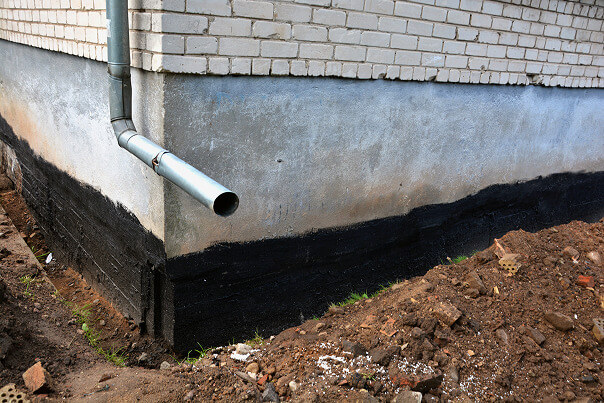
Basement Waterproofing Costs and ROI
So, how much does basement waterproofing cost? Prices vary widely, depending on the size of your basement, the method used, and the severity of water issues.
Interior Waterproofing Costs
Some common interior basement waterproofing methods and their associated costs include:
- Sealants and Waterproof Coatings: $1 to $7 per square foot
- Waterproofing Paint: $2 to $6 per square foot
- Interior Drainage and Sump Pump Installation: $4,500 to $10,000
- DIY Minor Crack Sealing: Often under $500 in materials
Exterior Waterproofing Costs
Various exterior methods can help keep your basement protected from water:
- Excavation: $2,500 to $8,000
- Membranes and Coatings: $3 to $10 per square foot
- French Drain Installation: $4,000 to $15,000
- Yard Regrading: $1,000 to $3,000
- Full Exterior Systems: $10,000 to $25,000+
Long-Term Savings
While the upfront cost can be significant, basement waterproofing helps avoid:
- Mold remediation ($1,000 to $6,000+)
- Foundation repairs ($2,500 to $10,000+)
- Insurance claims denial due to poor maintenance
- Lost resale value at inspection
Pros and Cons of Basement Waterproofing
As with anything, there are pros and cons of basement waterproofing to consider, including, but not limited to:
-
Pros
- Prevents costly structural and water damage
- Reduces health risks from mold and mildew
- Protects furniture, appliances, and stored valuables
-
Cons
- High upfront cost for extensive systems
- Installation can disrupt landscaping or basement use
- Systems like sump pumps require ongoing maintenance
How Basement Waterproofing Affects Home Value
While waterproofing may not always directly raise appraisal value, it protects your home from inspection issues and reassures buyers. A dry and secure basement can prevent lost value and make your home more marketable.
Hiring a Basement Waterproofing Contractor
Choosing the right contractor is key to protecting your investment. Some things to look for:
- Proven experience and industry certifications
- Strong customer reviews and references
- Clear warranties on both labor and materials
- Proper licensing and insurance
- Detailed, written estimates — and get at least three quotes
Avoid contractors who use high-pressure sales tactics or offer one-size-fits-all solutions. Modernize can connect you with the best basement waterproofing contractors in your area.
» See our top picks overall for the best basement waterproofing companies and best sump pump brands.
Compare top-rated foundations pros in your area.
Read real homeowner reviews, explore qualifications, and view promotions. Modernize makes it easy to browse professionals and find one that will be perfect for your project.



